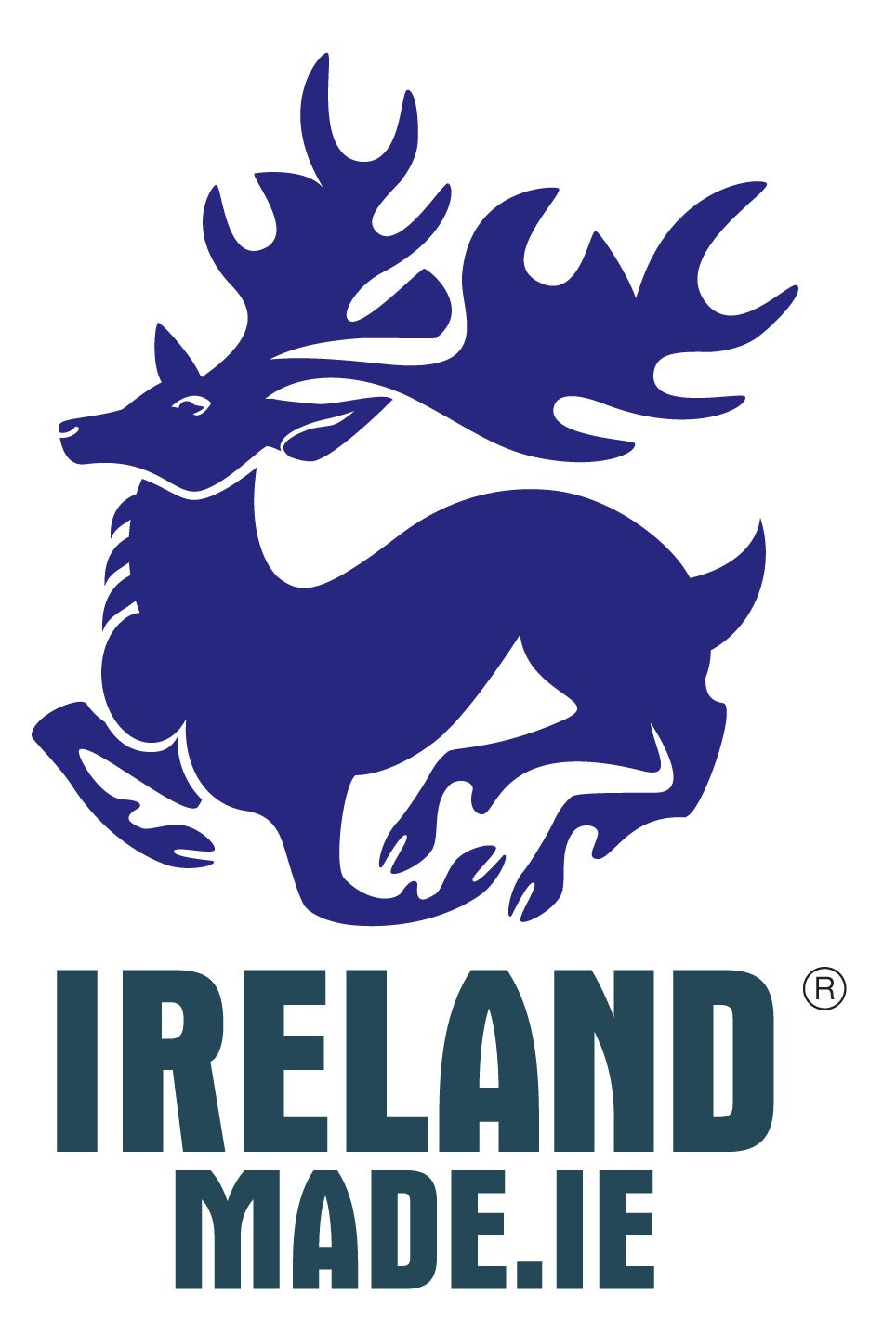
CIE Ends Horse Drawn Deliveries in Cork 1967 and Dublin 1968 | Season 4 – Episode 67
Wheels Sep 06, 2024
Our story starts in 1958 when Christopher Stephen “Todd” Andrews, a public servant from Summerhill, Dublin, was appointed chairman of Córas Iompair Éireann (C.I.É.). At the time, the national transport company was struggling financially, and Andrews undertook a major restructuring of its rail and road networks.
CLOSURES
He oversaw the closure of several persistently unprofitable lines, including the Bray to Harcourt Street, Cahersiveen, Kenmare, and Kanturk rail lines, as well as the West Clare and West Cork railways, and the Hill of Howth Tram (we previously covered this story – https://fb.watch/uobJd7rQzu/)
+++
Every week we produce two video stories on Irish transport past and present and work to preserve Irish transport heritage. Please show your support for our work with a €2 monthly subscription (less than the price of a cup of coffee) via www.irelandmade.ie
+++
ROAD TRANSPORT
He then turned his attention to the C.I.É. road transport network and began serious cost savings by eliminating steam traction. He set about further increasing efficiencies by phasing out horse-drawn deliveries in Ireland’s cities and replacing them with freight deliveries made by modern vehicles.
While steam traction was phased out almost immediately, the horse delivery fleet lasted until 1967 in Cork city. At the time Cork Area Manager, Conor Cloone, was quoted as saying “the work horse is no longer an economically viable mode of transport”.
The once common sight of C.I.É. carters and their horse-drawn drays on Dublin’s streets, came to an end on 15th November 1968, when the last cart horse, Hamill, a 12-year-old gelding purchased at Cahirmee Horse Fair in Buttevant, County Cork, made his final delivery.
In an interview with RTE reporter Pat Sweeney, C.I.É. inspector Michael Kelleher reflected on how times had changed in Dublin, noting that horse-drawn transport in the capital was no longer viable. He went on to say that in the fast-moving traffic of the late 1960s that “Horses don’t get the benefit of the doubt…as far as traffic is concerned”.
WANDERLY WAGON
While the horse-drawn deliveries were quickly consigned to history, we have heard that the C.I.É. workshops, which built the delivery drays for over 80 years, also constructed the “Wanderly Wagon,” the star of RTÉ’s (Raidió Teilifís Éireann) children’s show that aired from 1967 to 1982. On TV, the C.I.É.-built Wanderly Wagon had the ability to fly, hover in mid-air, and travel underwater. We believe the same workshops were responsible for restoration work on the Irish Presidential landau (carriage).
HORSES VS. SCAMMELL
It was the beginning of the end for the horses when in 1964 C.I.É. expanded and upgraded their fleet of Scammell mechanical horses with the new diesel “Townsman” model. The three-wheel Scammell with a lightweight glass-fibre body could operate as an articulated unit which could turn in its own length and could also couple with horse carts. The three-wheel Scammell was available in three and six-ton versions and by 1968 they had completely replaced the horse-drawn delivery fleet.
END OF THE SCAMELL
The third generation Scammell Townsman fleet was withdrawn from service in 1981 when they were not compliant with new regulations on braking capabilities.
After withdrawal from service the Scammell Townsman S137, that began work in 1968 was repainted by C.I.É. staff in Broadstone Depot and was presented along with trailer No. ST398 to the National Transport Museum at Howth, Dublin, where it is on display today.
Sources of Information and Photo Credits:
Irish Railway Modeller Blog – heirflick/ minister for hardship
National Library of Ireland on The Commons
National Transport Museum
NYC Time Traveller Blogspot
oifig Uachtarán na hÉireann (The Office of the President of Ireland)
Old Dublin Town
Old Photos of Cork
RTE
Wiki
William Lawrence Photographic Collection
If you have an idea for a story, please email Kevin Reid [email protected]
Our thanks to Leslie Crowe and Lorcan Film Unit for their assistance with this story
Tech Specs
- Is transport efficiency always better?
- The switch from horses to diesel seemed right at the time but some now see horse-drawn deliveries as a greener low-emission option.

